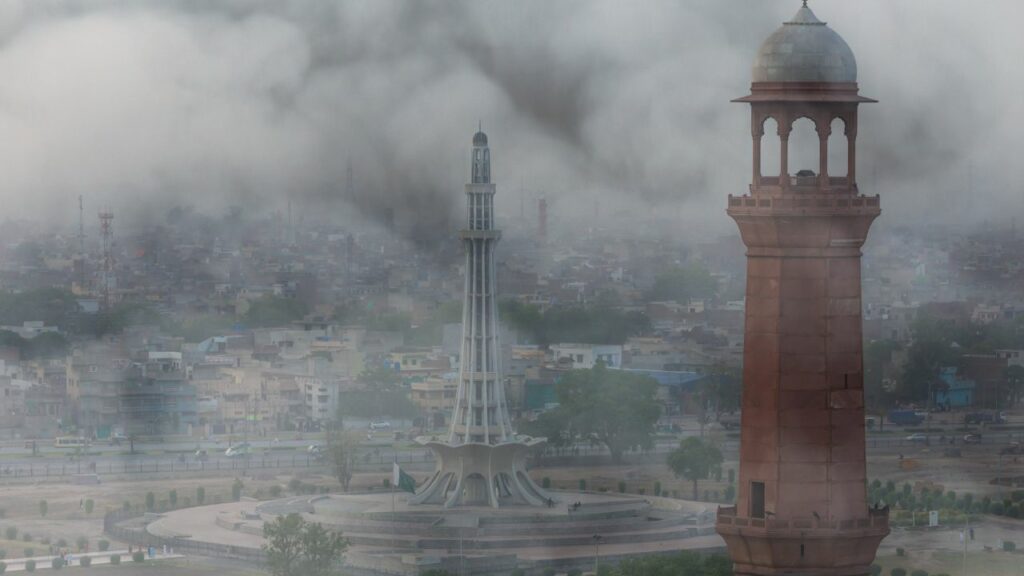Introduction
Discover powerful smoke protection methods that keep you safe. Learn how to stay protected from dangers and secure your environment for peace of mind.

Understanding the Dangers of Smoke Inhal
Before diving into the protective measures, it is crucial to understand the hazards of smoke inhalation. Smoke is a combination poisonous gases and fine particles that are delivered when different materials consume. When inhaled, these particles can cause irritation, respiratory problems, and even serious health issues. Certain gatherings, like youngsters, the old, and people with prior respiratory circumstances, are especially helpless against the destructive impacts of smoke.
Smoke Safety Precautions
To protect yourself from smoke inhalation, it is vital to stay informed about the air quality in your area. Keep track of local news and alerts from relevant authorities regarding wildfires or other incidents that may cause smoke. Be aware of the signs of smoke-related health issues, such as coughing, shortness of breath, chest pain, or headaches, and seek medical attention if needed.

Smoke Avoidance Techniques
When smoky conditions arise, it is essential to limit your exposure to smoke as much as possible. Remain inside and keep windows and entryways shut to keep smoke from entering your home. Use air purifiers with HEPA channels to further develop indoor air quality. If you need to go outside, consider wearing a mask or a respirator rated for smoke protection. N95 masks are particularly effective in filtering out fine particles present in smoke.
Preventing Smoke Inhalation
Take proactive steps to minimize the risk of inhaling smoke. Avoid smoking or burning anything inside your home, as it can increase indoor pollution levels. If you rely on wood-burning stoves for heating, ensure they are properly maintained and vented. Regularly clean your chimneys and flues to avoid the buildup of creosote, which can contribute to smoke production.

Safe Practices to Avoid Smoke Exposure
In addition to staying indoors, consider rescheduling outdoor activities, especially when air quality is poor. If you must be outside, choose areas with less smoke, such as locations away from wildfires or higher altitudes. It is advisable to limit physical exertion during smoky conditions, as it can increase the amount of smoke you inhale.
Smoke Protection Methods
Besides using masks or respirators, there are other protective measures you can take to minimize smoke exposure. Create a clean room within your home where you can seek temporary refuge during smoky periods. This room ought to be enough fixed and furnished with an air purifier to give a protected climate.
Staying Safe During Smoky Conditions
During smoky conditions, it is crucial to stay updated on the latest information from local authorities. Follow departure orders if essential and have a crisis plan set up. Prepare an emergency kit that includes essential supplies such as food, water, medications, and batteries. Familiarize yourself with the evacuation routes in your area to ensure a prompt and safe evacuation if required.
Smoke Prevention Measures
To prevent smoke from infiltrating your home, seal any gaps or cracks around doors, windows, and vents. Utilize weather conditions stripping or caulking to close these openings and keep smoke from entering. Install approved spark arresters on chimneys and stovepipe outlets to reduce the risk of fire and smoke emissions from entering your home.
Ensuring Health in Smoky Environments
If you find yourself in a smoky environment, such as a wildfire-affected area, take extra precautions to safeguard your health. Wear protective clothing that covers your skin, including long sleeves and pants, to minimize direct contact with smoke particles. Rinse your eyes, mouth, and throat with clean water if exposed to smoke. Additionally, stay hydrated by drinking plenty of water to help your body flush out any toxins.

Avoiding the Dangers of Smoke Inhalation
It is important to remember that the best way to stay protected from smoke hazards is to prevent exposure whenever possible. By following the mentioned guidelines and staying informed about smoke conditions in your area, you can significantly reduce your risk of inhaling harmful smoke particles
Conclusion
Smoke protection methods are essential to staying safe during smoky conditions or wildfires. Understanding the dangers of smoke inhalation and taking appropriate precautions are crucial steps in ensuring your health and well-being. By following these smoke protection methods, you can minimize the risks associated with smoke inhalation and protect yourself and your loved ones during smoky situations.